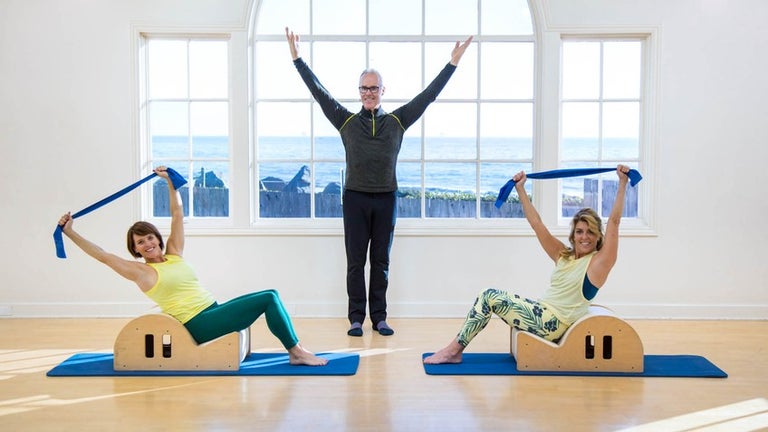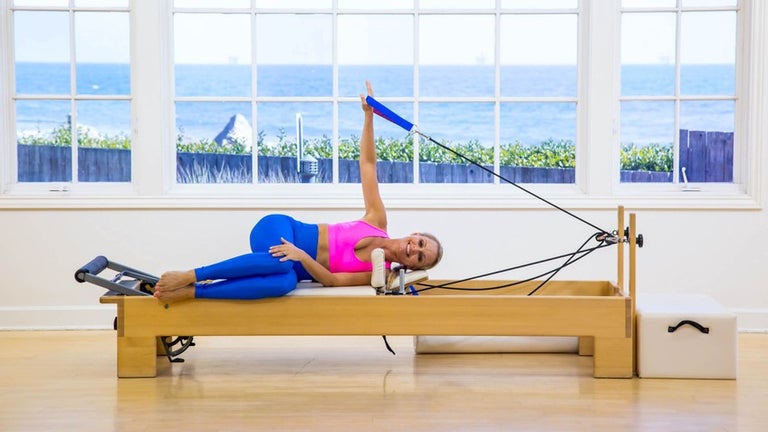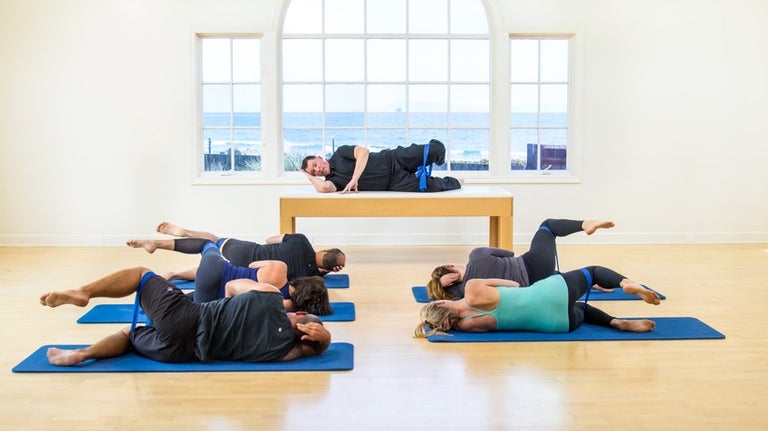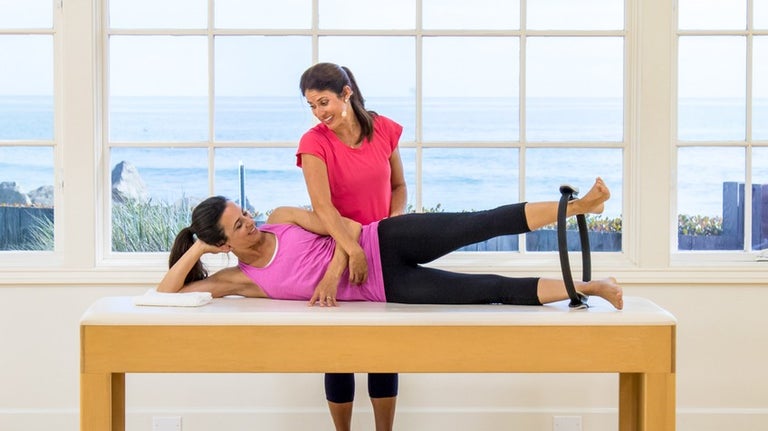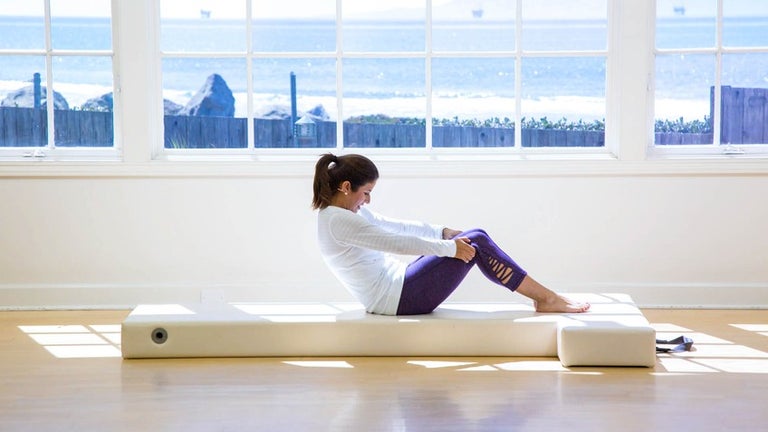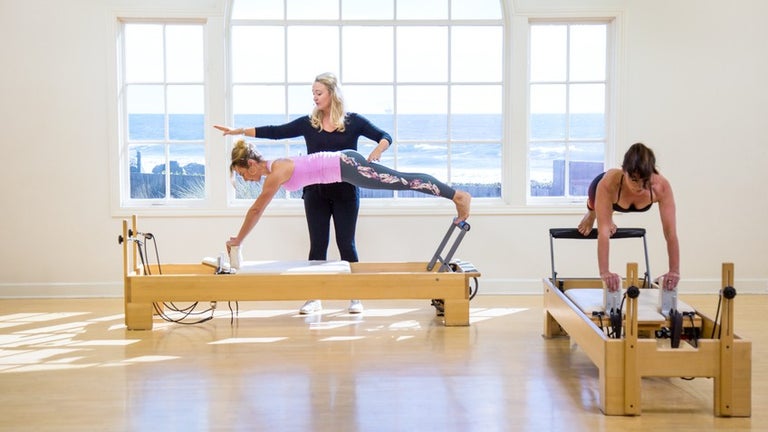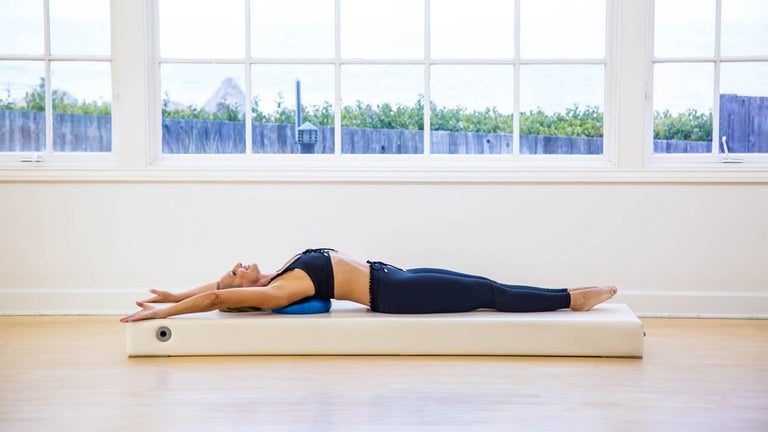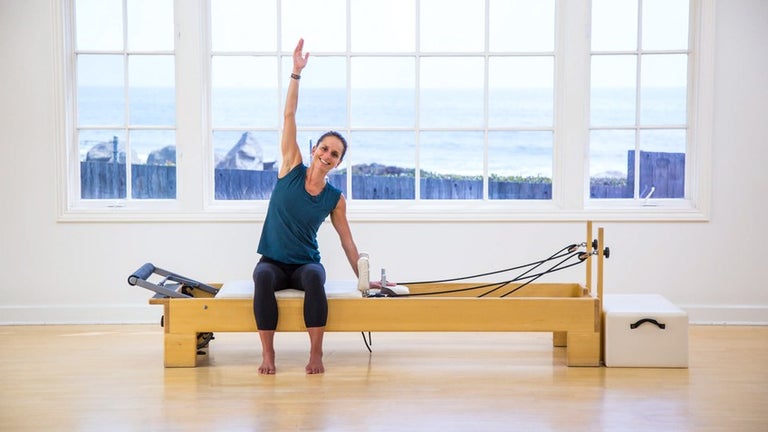Pilates for Back Strength and Pain Relief
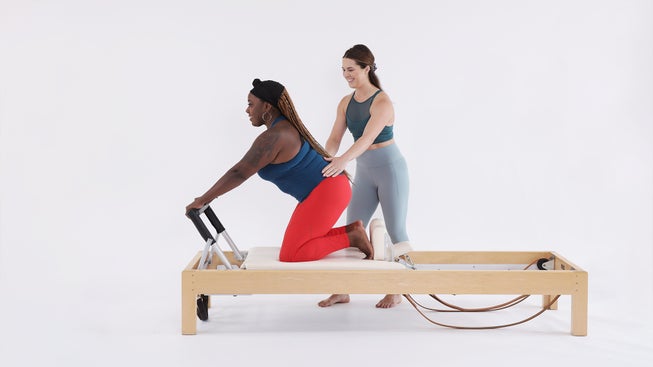
Back Pain Relief and Pilates
If your back feels tight, stiff or painful, you’ve got a lot of company. An estimated 90 percent of us will suffer from back pain at some point. For some people, back pain or discomfort is a constant or chronic condition. It’s not surprising. Our increasingly sedentary lifestyles predispose us to back problems. More than ever, we’re sitting: at desks, in front of computers and in our cars, and for more and more hours of the day. Pilates, a form exercise that’s been growing in popularity for the last 50 years, turns out to be an ideal way to reverse the damage caused by modern life and technology—and to keep our bodies pain-free.
Causes of Back Pain
Back pain can come on suddenly due to an injury sustained in a car accident, a fall, or from simply lifting a jumbo-sized bag of potting soil out of the trunk. It can be the result of strain, for example, from helping a friend move or over-doing it at the gym. It can develop over time, brought on by conditions such as arthritis, scoliosis, or bulging or slipped disks.
Lower back pain is often caused by tight hamstrings or hip flexors, or from postural imbalances, any of which can pull the spine out of its ideal alignment. Over time, this creates a strain on the lumbar region (lower back).
Upper back pain, which can be accompanied by pain in the neck, and shoulders, can result from heavy use of cell phones and computers. There’s even a term, “Tech Neck,” that describes the hunched posture, pain, and stiffness that come from our over-reliance on our devices.
Back Pain Relief
What can you do to relieve back pain, other than the usual home remedies such as over-the-counter pain relievers and a heating pad? It might seem counter-intuitive, but even if you are experiencing some discomfort, get moving. Activity is key to relieving current and preventing future bouts of back pain. Resist the temptation to do nothing; your back will become even more inflexible if you stop moving. If you sit for long periods of time for work, why not set a timer that reminds you to get up and move around every 20 minutes? Consider investing in a standing desk to reduce the number of hours you spend seated.
Adding some Pilates exercises to your daily routine can help, too. Pilates helps to decompress the spine and stretch the hip flexors and hamstrings, all of which are beneficial to people with aching or stiff backs. If your back pain doesn’t resolve within a few weeks, however, it's time to make an appointment with your health care provider.
Featured Classes to Relieve Back Pain
Pilates for Back Health
Pilates increases mobility and strength in the spine by deepening connections to different parts of the body. These connections inhibit the over-recruitment of muscles that are unnecessary for movement and waking up smaller and/or weaker muscles.
Exercises that curl and unfurl the spine give you a sense of which parts of your back are tight and which are more flexible. Pilates also works the body in a balanced way: rather than work one muscle or muscle group at a time, movements are initiated from a strong, functional, and flexible core and then radiate outwards through the limbs.
A Pilates practice prioritizes good posture and healthy movement patterns so that you learn to sit, stand, and lift without injury.
Tech Posture
Cell phones are great for staying connected to other people and the news, but they’re terrible for our bodies. Reading a tablet or cell phone encourages hunching and rounding of the upper back and jutting of the chin. Not only does this posture look terrible, but it also creates a strain on the neck, shoulders, and upper back (the famous “Tech Neck.”). Add to that our forward rounded posture (spinal flexion) in front of a steering wheel or computer, and the result is often pain and discomfort.
Exercises that emphasize spinal extension, or arching of the spine, counteract some of the negative effects of device use. Look for exercises like the Swan or Swimming to strengthen the back and allow the muscles responsible for spinal flexion to stretch and relax for a change.
Mat Pilates for Back Pain
If you are new to Pilates and have experienced back pain, you can begin to strengthen your back and alleviate pain by incorporating a
Mat practice into your routine. Starting with a few simple exercises performed consistently can make all the difference.
Exercises that extend (arch) the spine,
strengthen the abdominals and hips
, along with stretching the hamstrings and
hip flexors will all help improve posture and alleviate back pain. Work up to 10 repetitions of each exercise, moving slowly and mindfully to get the most out of each one.
The right exercises will keep your spine supple, your hips relaxed, and your hamstrings lengthened so you can keep doing the activities you enjoy. Over time, Pilates movements performed in the studio or at home become instinctual, leading to better posture thus relieving some back pain. And not only will you feel better, but you’ll also look more confident and capable.
Featured Classes for Back Health
Your Pilates Anytime Membership Benefits
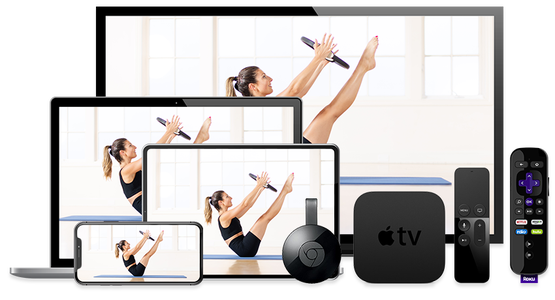
- 15-Day Free Trial
- Unlimited Access to Thousands of Classes
- 95+ Pilates Programs and Challenges
- No Ads
- New Videos Weekly
- Available on All Your Favorite Devices
